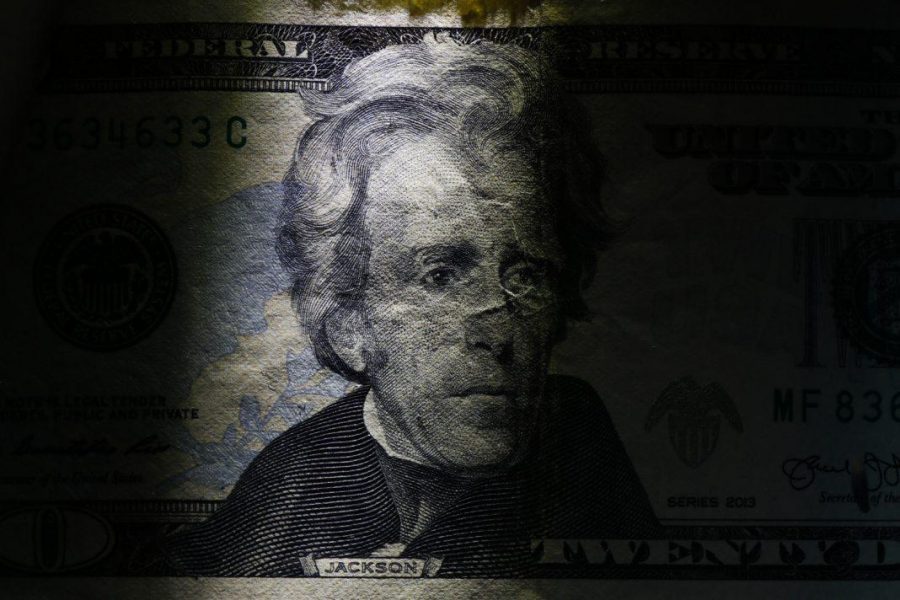If there’s something most everyone can agree on, it’s that we want a more accurate representation of women in the media. From movies and television, to schools and currency, women are slotted into certain roles or they aren’t represented at all. Barbara Ortiz Howard and Susan Ades Stone created a campaign to change that in a big way — by putting a woman on the $20 bill. Out of 41 students polled at the University of Utah, 73 percent agreed it’s time for this change.
Why is this so important to so many people? Ortiz Howard, creator of the campaign, learned from her experiences in the late ‘60s and early ‘70s and from raising her daughter that women aren’t being valued. This lack of value poses a question of visibility and putting women on currency could help solve the issue of women’s invisibility.
“We could also provide a model for younger women coming up and seeing all that’s possible. Even older women who want to remake themselves can see that so many people have remade themselves and created new lives later on in their lives as they move through a new chapter — like me,” Ortiz Howard said. “So we really wanted to have women be seen and understood for what their value is. … ‘Symbols matter’ was our mantra at the time and it still is. … They’re not the most important thing in the world, but it’s part of how we honor people’s work and their contribution.”
After a long vetting process, the W20 campaign has accomplished its goal of raising awareness to getting a woman front and center on the $20 bill. It started with 100 candidates, then it was narrowed down to 60, then 30 and finally to 15 before voters selected one woman: Harriet Tubman. In a surprising turn of events, the campaign has also paved the way for women to be featured on the front of the $5 and $10 bills thanks to the release of the musical “Hamilton.” It is encouraging the Secretary of the Treasury, Jacob Lew, to keep Alexander Hamilton on the lesser used $10 and feature Tubman on the $20, a bill that represents 23 percent of the Federal Reserve notes in circulation. These bills are expected to undergo a redesign soon for security purposes, though their release date is currently murky due to other pressing concerns in the treasury.
Not only is this a movement supported by many women’s rights activists and encouraged by Women’s History Month in March, it’s also a bipartisan movement with support from advocates on both sides, like Sen. Mike Lee.
“She just keeps revisiting us and reminding us of what our potential is and that we all deserve respect and dignity,” Ortiz Howard said.
This respect and dignity are starting to transfer over in other fields, like the recent renaming of Andrew Jackson Elementary School in Salt Lake City to Mary Jackson Elementary.
“I think it’s an evolution that we’re going through, a positive thing where we’re realizing that … our history does contain some not so great things and maybe we should hold up some other things … like women in science,” Ortiz Howard said.
Movements like the W20 and the nomenclature we choose to use to immortalize figures prove that representation is the first step to not only increasing women’s visibility, but illustrating the values we want to uphold as a society.
@ladyofth3lak3



